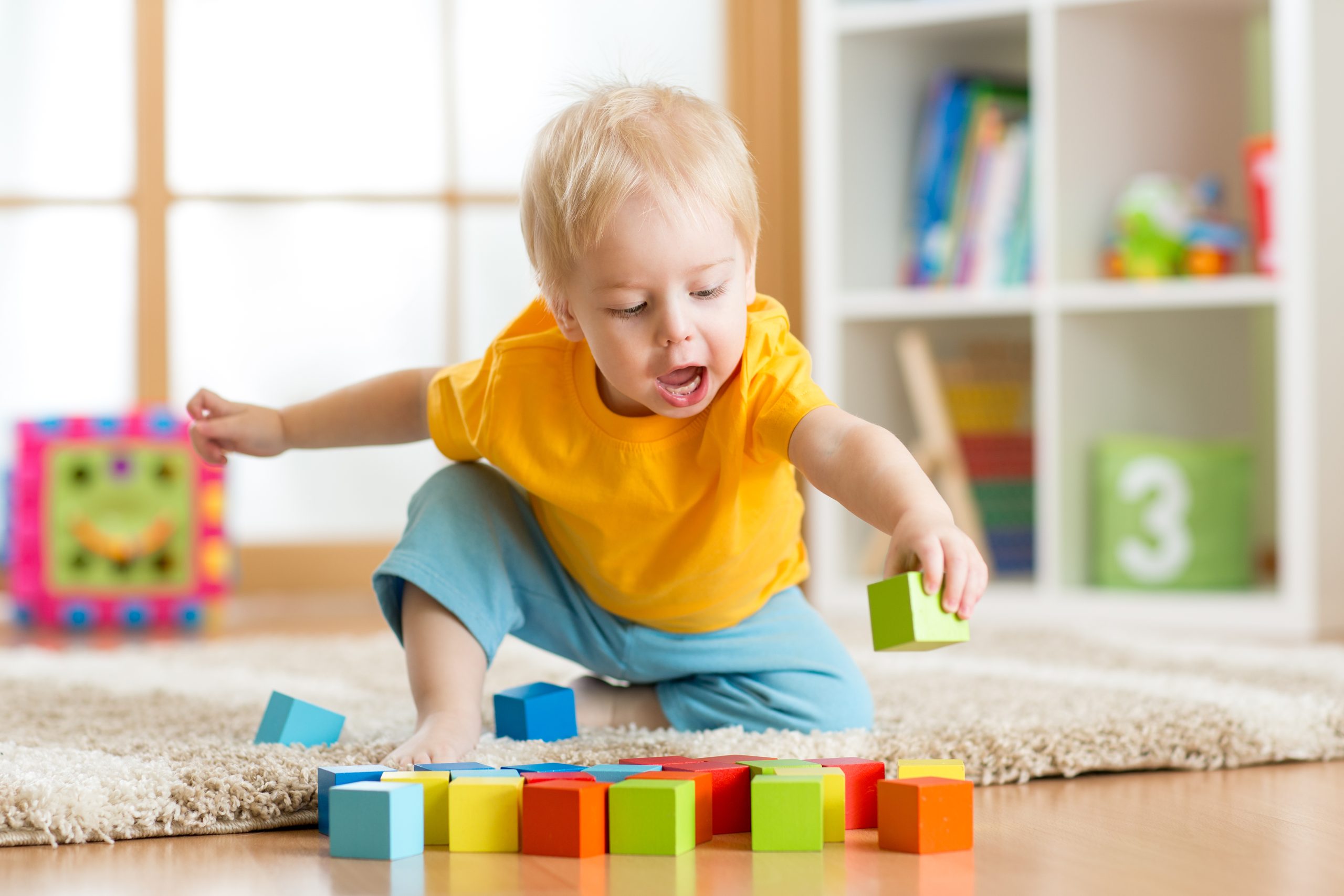
The Future of Play: Why Eco-Friendly Toys Are Taking Over
In a world where sustainability is no longer just a buzzword but a necessity, it’s no surprise that an eco friendly toy is taking the lead in the future of play. Parents, educators, and children increasingly recognise the importance of environmentally responsible choices in their playtime. This shift in perspective is not just a passing trend; it reflects a broader awareness of the impact of consumer choices on the planet. Delve into why these toys are gaining ground, exploring the reasons behind their popularity, their benefits, and what the future holds for these toys.
Table of Contents
A Growing Environmental Consciousness
One of the main reasons behind the surge in demand for these toys is the growing environmental consciousness among parents and caregivers. People have become increasingly aware of the detrimental effects of plastic pollution, deforestation, and overconsumption on the planet. As a result, they are actively seeking out toys made from the best sustainable materials such as wood, bamboo, or recycled plastic. This shift in mindset aligns with the broader global movement towards sustainability and reducing our carbon footprint.
Health and Safety Concerns
Safety is a top priority for parents when choosing toys for their children. The toys often come with the added advantage of being free from harmful chemicals and toxins commonly found in non-sustainable alternatives. These toxins, such as phthalates and BPA, have been linked to various health issues in children. Parents are increasingly opting for toys that are both kind to the environment and safe for their little ones, providing peace of mind and entertainment.
Teaching Values through Play
Education is a cornerstone of childhood, and an eco friendly toy offers an excellent opportunity to instil values of sustainability and environmental responsibility from a young age. These toys often come with a backstory emphasising the significance of reducing waste, recycling, and conserving resources. Children learn about the world around them by playing with these toys and developing a sense of responsibility towards nature.

Durability and Longevity
The toys are often built to last. Unlike many mass-produced plastic toys that break easily and end up in landfills, sustainable toys are designed with durability in mind. Many are made from robust materials like solid wood or metal, ensuring they can withstand rough play and be passed down from one generation to the next. This not only reduces waste but also saves money for parents in the long run.
Fostering Creativity and Imagination
Eco-friendly toys, crafted from sustainable materials, often boast a timeless and simplistic design, encouraging children to delve deep into their imagination. Devoid of the flashy bells, whistles, and electronic features that sometimes overshadow pure creativity, these toys offer a raw canvas. Open-ended toys like wooden building blocks, handcrafted puzzles, or art supplies made from natural, earth-derived materials allow children to explore, innovate, and create without technological constraints. This nurturing environment fosters creativity and critical problem-solving skills, promoting a deeper, more meaningful connection to the intricate world around them.
Conclusion
The future of play is unmistakably green, with an eco friendly toy leading the way. As parents and educators become more conscious of the environmental impact of their choices, these toys are gaining popularity for their sustainability, safety, and educational value. Moreover, the durability of these toys ensures that they remain cherished play companions for years to come. By opting for these toys, we provide our children with a healthier, more eco-conscious upbringing and contribute to a greener and more sustainable future for generations to come. So, as you consider your next toy purchase, think about the lasting impact it can have—both in your child’s hands and on the planet.


